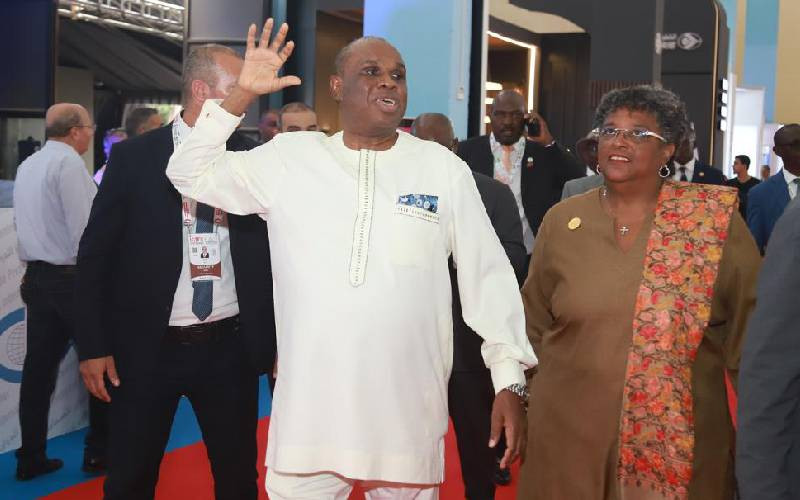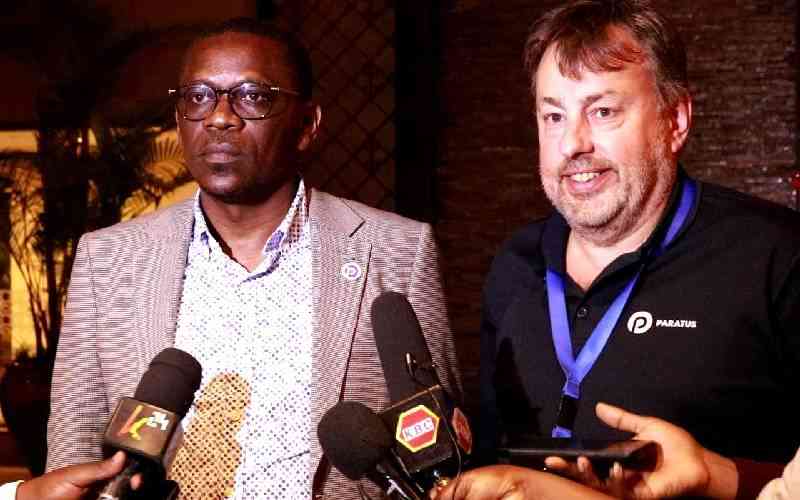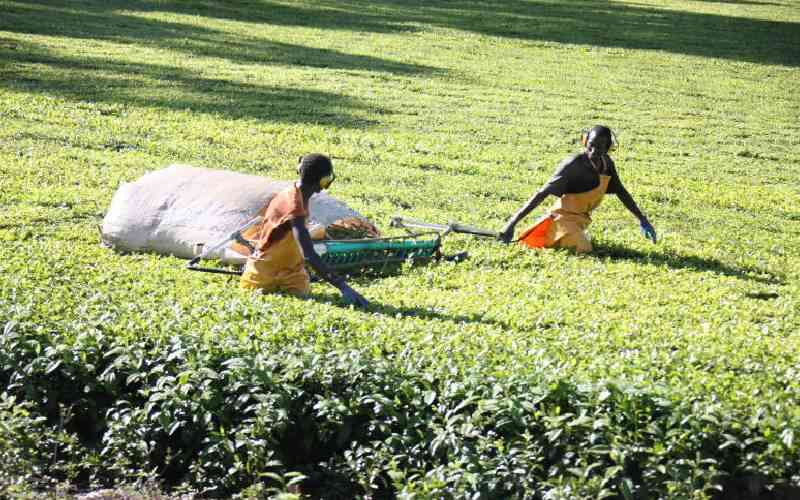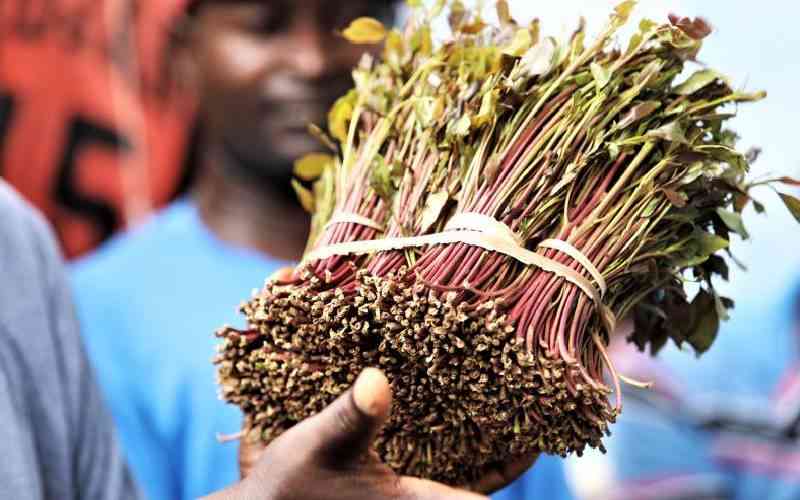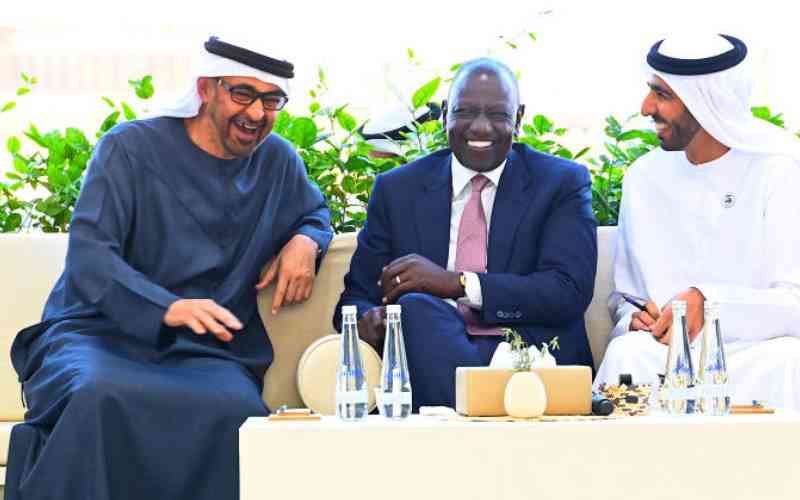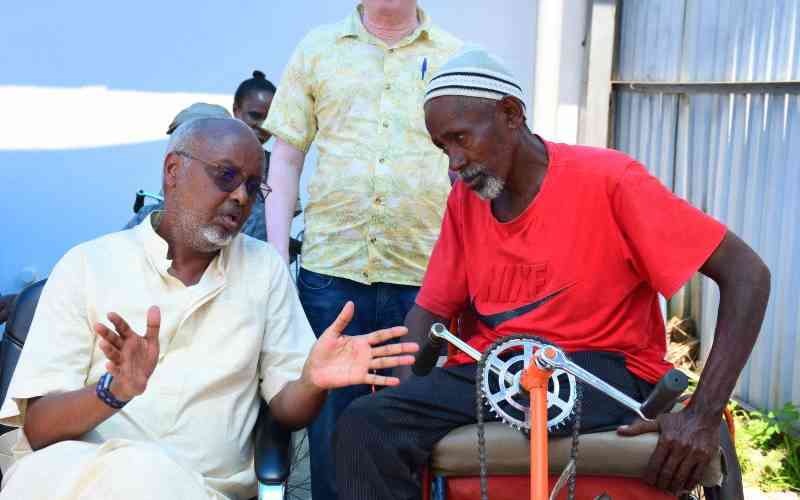
In the past eight months, three Container Freight Stations (CFSs) have been commissioned in Mombasa, adding 150,000 Twenty-Foot Equivalent Units (TEUs) of capacity to the logistics chain.
This marks a significant turnaround of the privately owned CFS business that took a hit after the launch of the Standard Gauge Railway (SGR) cargo trains and the expansion of Mombasa port.
This is not just an additional storage yards. It is part of a strategy to strengthen supply chain and prevent the recurring congestion that has historically affected Mombasa during peak seasons.
With nearly 50 vessels scheduled to dock at the port in the coming two weeks, according to Kenya Ports Authority KPA 14-day list, the timing of this expansion could not be more critical.
ALSO READ: Firms in cut-throat competition to build cooking gas plants
Daniel Nzeki, Chief Executive Officer of the Container Freight Stations Association (CFSA), underscored the strategic importance of the new capacity.
“By expanding our collective capacity by 150,000 TEUs, we are anticipating growth in cargo volumes and positioning Mombasa as a more competitive and reliable gateway for regional trade.
"This investment is a clear signal of our commitment to support the port and keep supply chains moving seamlessly,” he said.
Mombasa handled more than 2 million TEUs in 2024, surpassing its designed capacity. Overall throughput surged by 14.1 per cent to 41.1 million tonnes, up from 35.9 million tonnes in 2023.
This growth has revived memories of 2008, when congestion crippled port operations and shipping lines threatened to levy vessel delay surcharges running into millions of shillings daily.
Industry experts caution that unless capacity is scaled up quickly, the port risks sliding back into a similar crisis.
CFSs, which first emerged in 2007, proved instrumental in breaking that deadlock by absorbing excess cargo and creating breathing room for the KPA.
Nearly two decades later, the sector is once again positioning itself as a lifeline for Mombasa’s overburdened yards.
The Shippers Council of East Africa (SCEA) has welcomed the fresh investments but warned that piecemeal solutions will not suffice.
SCEA CEO Agayo Ogambi said that while the introduction of new equipment and the growing activity at Lamu Port are positive, sustained collaboration is needed to keep Mombasa functional.
Stay informed. Subscribe to our newsletter
“We are happy that new equipment has been achieved and that Lamu port is gaining traction. But the increasing volumes require a commitment by all stakeholders. Shipping lines must evacuate empty containers, and berth productivity must be improved and sustained. A cocktail of interventions is needed. We expect to handle 2.2 million TEUs this year, and it is prudent that we plan appropriately,” Ogambi said.
For Elias Baluku, Executive Director of the Federation of East Africa Freight Forwarders Associations (FEAFFA), the new CFS capacity represents a step in the right direction.
He emphasised that the pace of investment needs to keep up with the realities of trade growth.
“The increasing cargo volumes at Mombasa are a positive indicator of regional economic growth, but they also present a clear call for extra capacity and smarter infrastructure. To keep East Africa’s supply chains resilient, we must match this growth with timely investments in port and logistics facilities,” Baluku said.
The much-anticipated Phase Three of the Second Container Terminal, which would add 500,000 TEUs of capacity, is yet to start. A new berth—350 metres long with a 15-metre draught—was to be built with support from the Japan International Cooperation Agency (JICA), but construction has yet to commence.
Other planned projects, including Berth 19B at Container Terminal One, which could contribute an additional 300,000 TEUs annually, are still at the contract stage.
Meanwhile, berths 1–10 at the Conventional Cargo Terminal await strengthening and deepening to accommodate larger vessels.
READ: How technology is transforming CFSs into logistical powerhouses
Against this backdrop, the role of CFSs becomes even more critical. Without rapid port-side expansion, the only feasible short-term solution to congestion is the diversion of cargo to off-dock facilities.
CFS operators are no strangers to adversity. Their fortunes took a hit in 2018 when the Standard Gauge Railway (SGR) cargo service began, and a directive required all Nairobi-bound cargo to be evacuated via the Embakasi Inland Container Depot (ICD).
Before SGR freight operations, CFSs were evacuating over 1,200 containers daily, with more than 800 trucks servicing the facilities. The directive reduced them to handling mainly Mombasa-bound cargo, less than 10 per cent of the port’s volumes.
President William Ruto reversed the directive in 2022, but by then, many traders had already shifted to Nairobi, and CFSs had suffered divestments.
The latest wave of investments, therefore, represents both a comeback and a renewed show of confidence in the sector’s ability to underpin port efficiency.
Industry players argue that with no expansion of rail capacity in sight, roads and CFSs remain the only viable channels to evacuate the rising cargo volumes. Without the newly added CFS capacity, this balance could quickly tilt.
Today, many CFSs have transformed into full-fledged logistics hubs, offering bonded warehousing, distribution services, and value-added logistics.
Some allow cargo to stay in their yards for up to 60 days, providing importers flexibility that the port and ICDs cannot match.
Others have digitised clearance processes, integrated customs offices, and invested in modern handling equipment to reduce turnaround times.
With the port now operating close to its design limits once again, stakeholders view the current investments in CFSs as an insurance policy against a repeat of that debacle.
“The future of Mombasa as a competitive gateway will depend on how well we harness every available capacity—be it from port expansions, CFS investments, or complementary infrastructure like Lamu and the SGR. What matters is collaboration and foresight,” said Ogambo.

